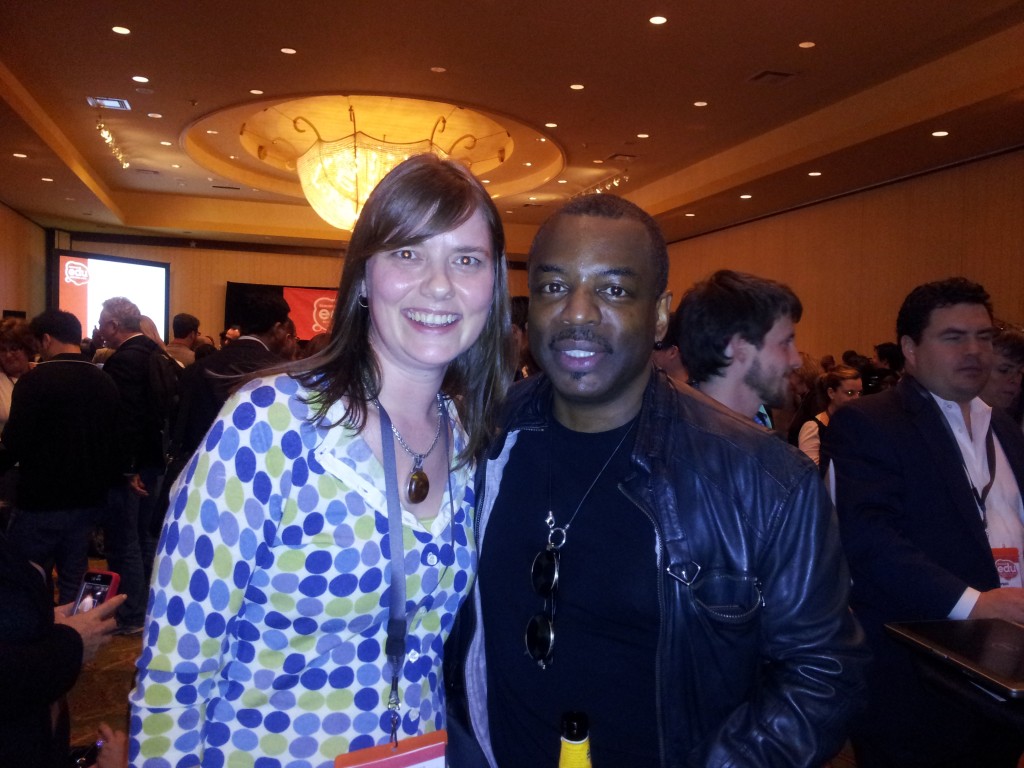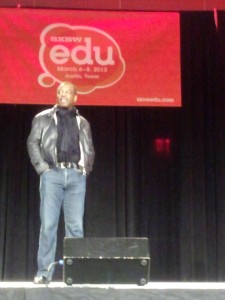Click
here to view the slides from this panel on slideshare.
We have recently been witness to a great example of method tweeting in action, as Eve Simon pointed out via her Twitter handle,
@NaiEve. The twitter sensation,
@BronxZoosCobra is a prime example of developing an online persona that inspires a fanatical response.
The facebook page contains many comments of fans, similar to this one:
Despite the Bronx Zoo’s accident, the right social media capital has turned this potential public relations disaster into a gold mine for reaching new audiences and future donors for the organization.
While most of us do not necessarily want a quarter of a million followers, most of us aren’t going to so far as to impersonate a snarky snake, either. And with results like that, you cannot deny the method clearly works.
What exactly is method tweeting?
Method tweeting is the concept that nonprofits must create a brand persona via their online presence that embodies a voice for the cause.
If Shakespeare tweeted would he use his voice or characters? Method tweeting is based on the theory of method acting. It is about starting a dialogue and tweeting based on authentic emotional and intellectual ties.
Nonprofits use of social media
There’s no doubt that the use of social media among nonprofits in on the rise. In 2010, 60% of nonprofits were on Twitter, up from 38% in 2009 and have on average 1800 followers. But what do they do with those followers? What do they say to them?
To thine own tweet be true
To create authenticity, there must a real-world tie between the person at the keyboard and the cause. Carie Lewis pointed out, “In order to do my job well, you have to love social media and love animals…tweet what you love.”
The key is to select a staff member or free agent who is motivated by the charity’s cause to promote the organization on social media. If that individual doesn’t believe in what they’re tweeting for, they cannot be authentic. And your entire Twitter presence is based on deception. To be successful, they must take on the identity of the organization on Twitter and truly embody all for which it stands.
Conflicted loyalties
There are inevitably times when choices are made with which not everyone in an organization may agree. These are the times when it is most important to believe in the organization. Tweeting is believing and anyone responsible for an organization’s public social media persona must have the passion to support the organization even if they disagree with the choices being made.
There is a balance to be struck between personal voice and professional tweets. Many folks manage multiple twitter accounts. Dan Michel pointed out that your personal tweets are everyday expressions of your casual self, while your organizational twitter voice is more “like me at a wedding – on my best behavior.” It is fine to publish snarky commentary on your personal twitter account (as long as it doesn’t conflict with the organization’s position) but institutional tweeting requires more a conservative approach. Talk to people as you would at a job interview or other formal setting.
#gettngslizzerd
Personalities blur across accounts when you manage multiple twitter handles. What happens when your personalities cross? It happens to everyone at some point. You know – that tweet you meant to send from your personal account accidentally gets posted to the wrong twitter account.
This happened to the Red Cross when a staff member accidentally posted to the
@RedCross account:
While it may be impossible to avoid the inevitable twitter mistakes, one thing you can do to avoid crossing your personalities is to use different tools for personal and organization twitter accounts. For example, I use
TweetDeck for personal tweets and
Hootsuite for organization tweets.
Avatars define voice
How does your avatar represent your social media voice? Is it a photo? Is it a logo? What does it imply? For example, if you are an individual tweeting for your organization, do you use a personal photo so followers know the person behind the tweets? Or do you use a corporate logo and speak with a broader organizational voice?
Many celebrities use their headshot as an avatar, but very few actually tweet for themselves. Set the proper expectations instantly by selecting a powerful avatar image that defines your twitter voice authentically.
Emotions and tone
Personality is key to successful tweeting. Greatness doesn’t necessarily translate on twitter. People like to follow people – not brands. Tweeting for your organization should be a mix of the institution’s founding principles and speaking in a conversational way.
It is true that personal spokespeople get more followers. Michel pointed out the clear example of
Livestrong’s official twitter which has over 100,000 followers vs
Livestrong CEO’s account which has over one million!
The most important takeaway to remember is that authenticity and personality go a long in effectively using social media, such as twitter, to reach your audience. Maintain an appropriate and approachable tone and let personal passions that align to organizational objectives drive content.
My words fly up, my thoughts remain below.
Words without thoughts never to heaven go.
- Hamlet, Act 3, Scene 3
-Stacy













